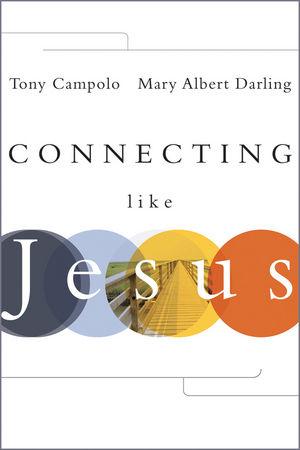Wallace, Richard C. “Engaging Business Practitioners to Develop Students’ Faith and Talents.” Christian Business Academy Review 5, no. 1 (2010): 23-30.
Abstract: Bringing business practitioners into our classrooms provides unique opportunities to develop our student’s faith and talents. We discuss the benefits of guest experts in terms of informing and inspiring our students as well as broadening our networks for internships, jobs, and philanthropy. We confront two challenges: 1) persuading the experts to come to offer advice, and 2) convincing the students to take it. We offer ten suggestions to maximize the benefits of engaging business experts in our classes.



